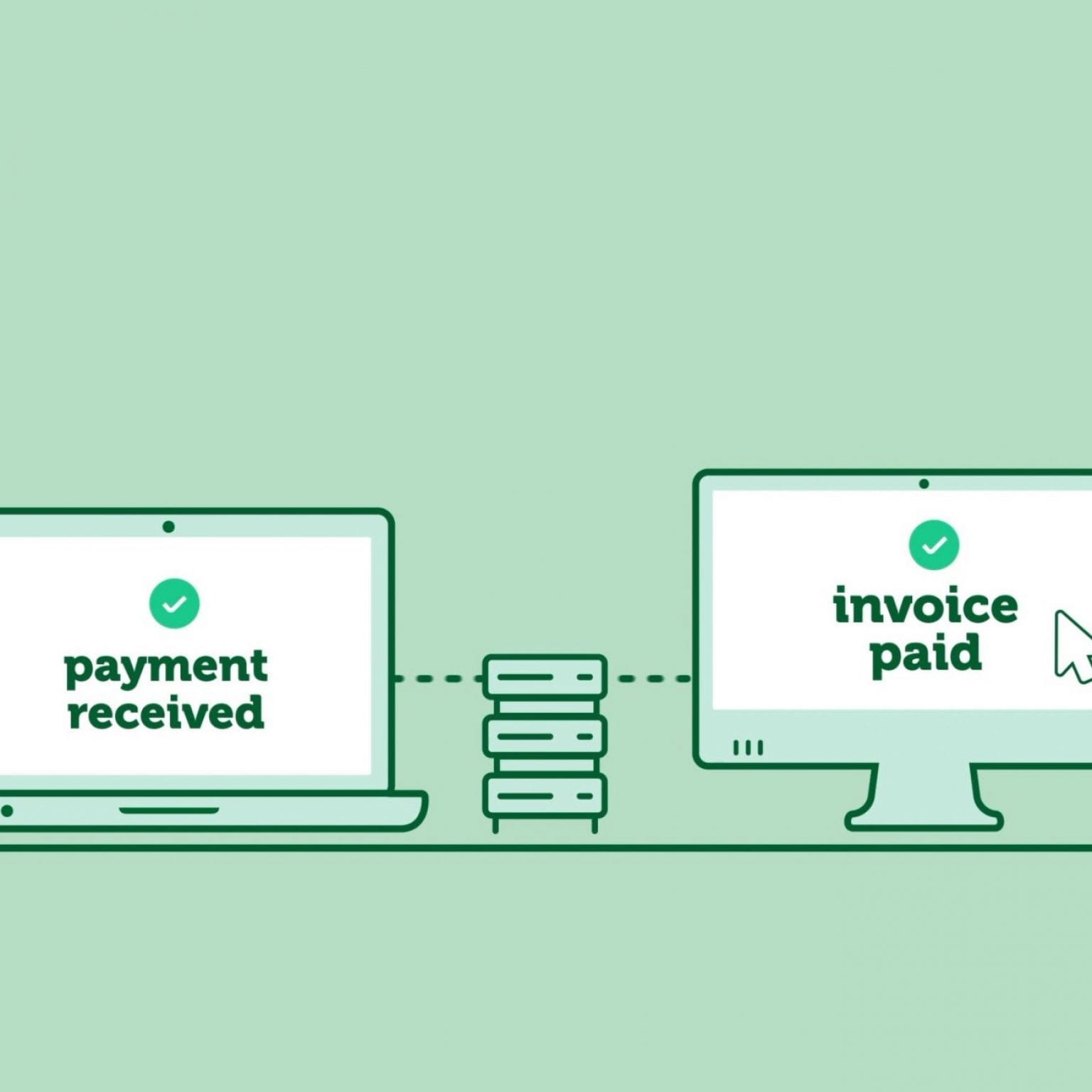No-one really loves doing the paperwork that is essential to keeping a small business running, but an emerging technology called e-invoicing promises to do more than cut down on admin – it should help you get paid faster too.
Currently, the vast majority of invoices are sent and processed manually. A supplier creates an invoice and then sends it – usually via email or post – to the customer, who then has to re-enter all the invoice information into their system before they can pay it.
Not only does this significantly slow the payment process down, it also introduces the opportunity for errors to creep in, risking further delays. In fact, the ATO estimates that of all late payments, more than one in five are due to errors on invoices.
E-invoicing, or online invoicing, promises to put an end to the double-handling of data, via the introduction of a standard called Peppol, which means that most business accounting software programs can talk directly to each other, slashing how much data entry and admin work needs to be done.
This video explains how e-invoicing works:
“While businesses will still need to apply their internal quality assurance processes, e-invoicing will provide opportunities for business owners to focus on growing their business, rather than spending time on labour intensive and costly administrative processes,” states the ATO, which predicts that e-invoicing will cut the business costs of processing invoices and payments by two-thirds.
To help speed adoption, the Federal Government has pledged to pay small businesses using the system within five days, or pay interest on any late payments. This will apply to Federal Government contracts of up to $1 million where both the government buyer and lead supplier are using Peppol-equipped systems.
The good news is that a lot of business accounting software already offers e-invoicing. To see if yours does, contact your software provider to find out what you need to do get started.
Sources:
www.financeminister.gov.au/media-release/2019/11/07/government-pay-e-invoices-within-five-days








